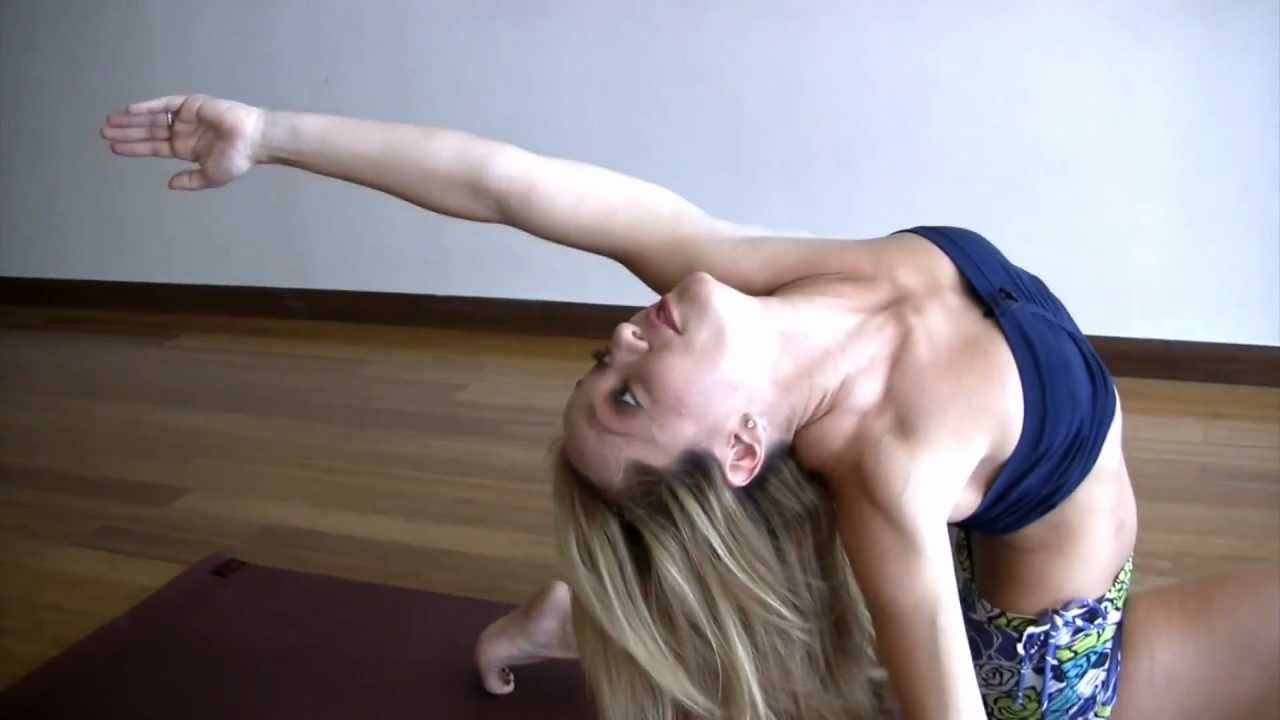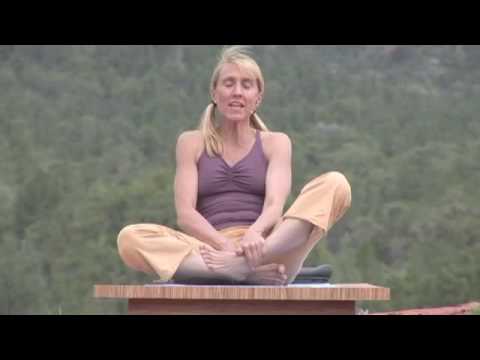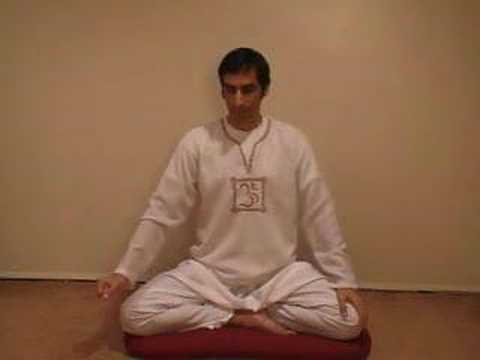A Program to Relax, Refresh and Rejuvenate with Meditation in the Presence of H.H. Sri Sri Ravi Shankar
Secaucus, NJ – March 8, 2011- The Art of Living Foundation is hosting Meditation and Yoga 2011 -MY 2011, in the presence of spiritual leader and humanitarian His Holiness Sri Sri Ravi Shankar. This day-long program will feature unique and informative sessions giving participants the life skills to manage their mind and emotions, increase productivity, and bring balance into their lives. Sri Sri Ravi Shankar is the founder of Art of Living, an international non-profit organization engaged in stress-management and service initiatives all over the world.
The event MY2011 will be held on April 9th from 10 AM- 6:00 PM, at the Meadowlands Exposition Center at 355 Plaza Drive in Secaucus, New Jersey.
The negative impact of stress on our lives is vast. Meditation and Yoga 2011 will introduce techniques for de-stressing through a combination of yoga, meditation and breath-work. The techniques rejuvenatethebody and the mind. Participants can experience the peace of meditation in a natural and easy way.
The Art of Living programs, taught to millions of people all over the world, are effective in bringing about overall well-being.
Based on ancient wisdom, the programs are made relevant for modern life.
Art of Living has been active in New Jersey for more than ten years. 6,000 people in New Jersey alone have benefited from the programs. It is a volunteer-based organization with courses held in fourteen cities of New Jersey. There are four main centers in New Jersey: in Metuchen, Jersey City, Mahwah and East Windsor.
Says one local course participant: “Since practicing the techniques taught by The Art of Living, I feel far more at home with myself and the world. The relationship with my inner self has increased immensely. [My world-view] has greater depth and perspective. Now all the dots connect in a cohesive way.” There are also special youth programs in New Jersey and New York area for children and teenagers. Through these community service programs, the youth, at a critical age, learn to manage their stress improving their grades and their relationships.
“Spring is a time for renewal and rejuvenation. Sri Sri will be discussing the techniques to harmonize the mind and body through yoga, breathing and meditation, so that individuals can achieve inner peace and strength to move ahead unshaken by the events of life,” says Vikas Chawla, senior instructor of Art of Living and a resident of Somerset, New Jersey. Although we cannot eliminate all the causes of stress in our lives, we can learn to effectively handle our state of mind and our behavior, thus making ourselves truly resilient.
Join us for an inspiring evening with Sri Sri, and for a day dedicated to self-development and renewal.
For detailed event schedule and information please contact us @ gayathri.uchila@artofliving.org |732 738 4457.
About the Art of Living Foundation: Founded in 1981, the Art of Living Foundation is a nonprofit 501(c)(3) educational and humanitarian organization working in special consultative status with the United Nations Social and Economic Council on initiatives related to health, meditation, education, sustainable development, conflict resolution and disaster relief. One of the world’s largest volunteer-based organizations, the Foundation works to create a violence-free, stress-free world by strengthening the individual. The Foundation has benefited more than 25 million people across 151 countries.



